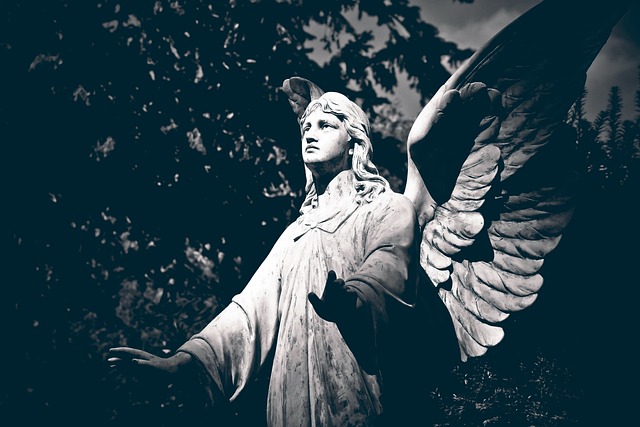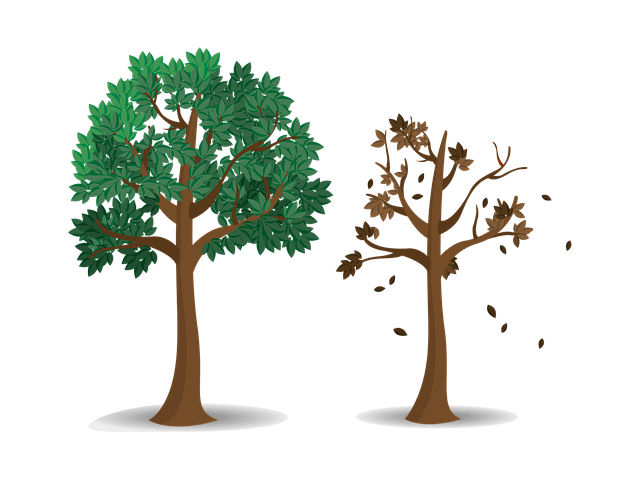A straight-forward series of posts on the delicate topic of Death and Dying
Over the last several posts, I’ve shared what I have understood of my recent exposure to the Tibetan Bardos teachings. Today, I present some of the ways we can support those we love who are in transition or who have already passed.
I hope that you understand that we do not need to be experts on these teachings to benefit from them ourselves or to help our loved ones benefit. We just have to have an open mind and of course, be able to recall what we’ve learned at the time it is needed. I came across an article before writing this and I share it here because it speaks more about the importance of our own state of mind in being with those in transition.
When with someone who is transitioning, be affectionate, keeping the person calm and warm. It is most important to control your own emotions around them as these can create strong attachments or fear. Also, it is best to limit distractions (television, lively conversation, all but gentle, lyric-free music) so that they can focus on the work at hand…dying.
We can be of most help to others by pleasing them: honoring their wishes, remaining positive in spirit, surrounding them with cherished memories, and offering our forgiveness and compassion. In so doing, we open them to receiving any guidance we have to share through what we ourselves have learned through the teachings, not as some dogma of which they must be convinced but as an interesting possibility, making it possible for them to be aware and watchful for the experience of it.
This is work that can be done while our loved ones are still with us or even after their passing. It’s never too late. In fact, certain prayers or rituals should only be said and done after physical death and not before.
There are many different kinds of rituals that can be done, at different timings (for example a ritual every seven days starting from day after the 3rd day of outer death), some that address specific Bardo issues and others that are more general. I won’t go into them in any detail here, but I list them as a means to enable one’s further research:
Bardo Rituals
Pacification of Wrathful Energies
Summoning Consciousness
Help for Wandering (Lost) Beings
Help to Move Up the Realms (from hell realm, to hungry ghost, to animal to human…)
Butterlamp or Candle Offerings
Mantras
Food Offerings (burned)
The last two, mantras and food offerings, I performed on behalf of my brother after his passing many years ago. It felt so loving to prepare some of his favorite foods and send them to his spirit. I will never forget chanting one day with my sisters when a framed photo of him literally shot itself off the mantle and onto the floor. There was no explanation for this…no earthquakes or strong winds. Nothing around it shook. It was clearly intentional. I wasn’t sure if he was asking us to shut up already, but at least I knew he was listening.
While I may continue to write about the subject of death, this is my last post in regard to my training with Choekhortshang Rinpoche, whose name I can now pronounce. He can be followed on Facebook where you can find more about opportunities to learn from him.
I would also like to offer the following resources for further study:
Tibetan Book of the Dead
Tibetan Buddhist Encyclopedia
May this series be of benefit to all sentient beings who find it, helping us all realize True Nature. And certainly, may it help you prepare for the inevitability of your own encounter with death.
Namaste!
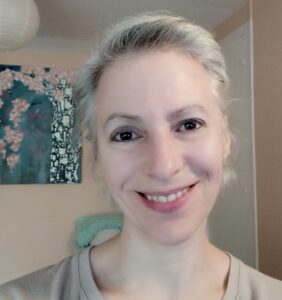 About the Author:
About the Author:
Beth Ciesco is your Selfcare Specialist, a certified yoga teacher and meditation facilitator. Check out the rest of the website to learn more about Restorative Healing Yoga, Mirror Meditation, E-Motion Alchemy, and Voicework as capital S Selfcare tools. You can also follow her on these sites:
❤ Instagram: https://www.instagram.com/divinemetime/
❤ Insight Timer: https://insighttimer.com/tranquilliving
❤ Youtube: https://www.youtube.com/@DivineMeTime

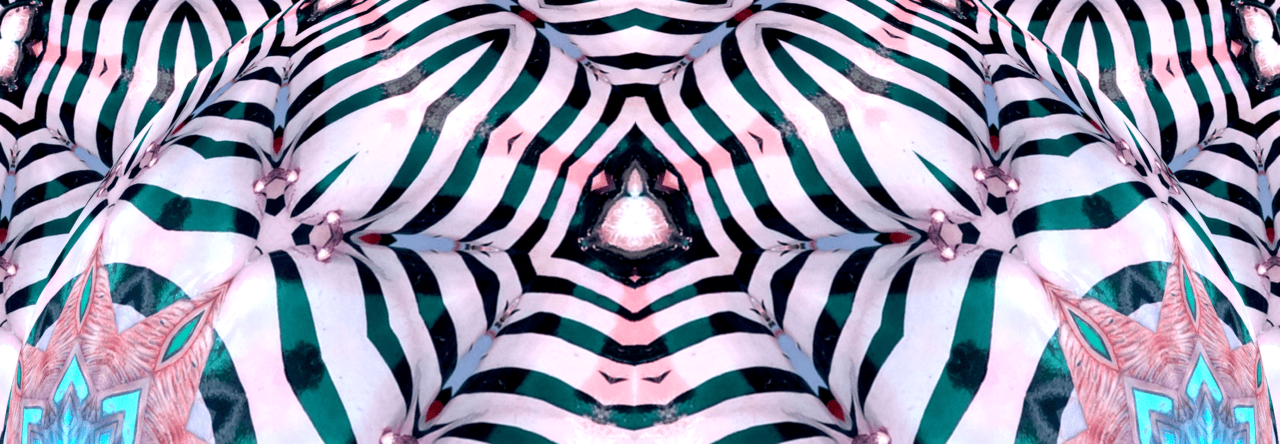
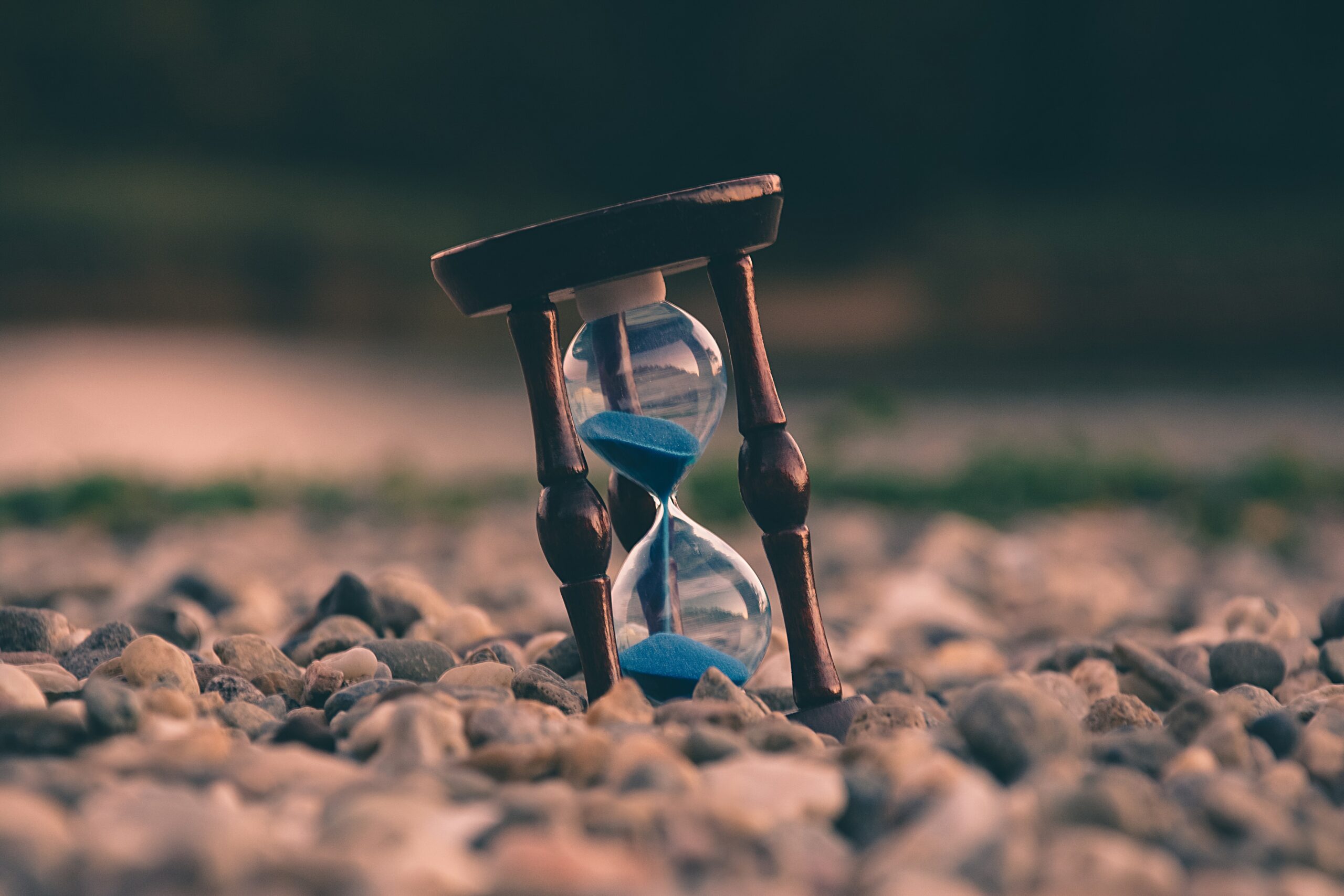
 THE BARDO OF EMPTINESS
THE BARDO OF EMPTINESS